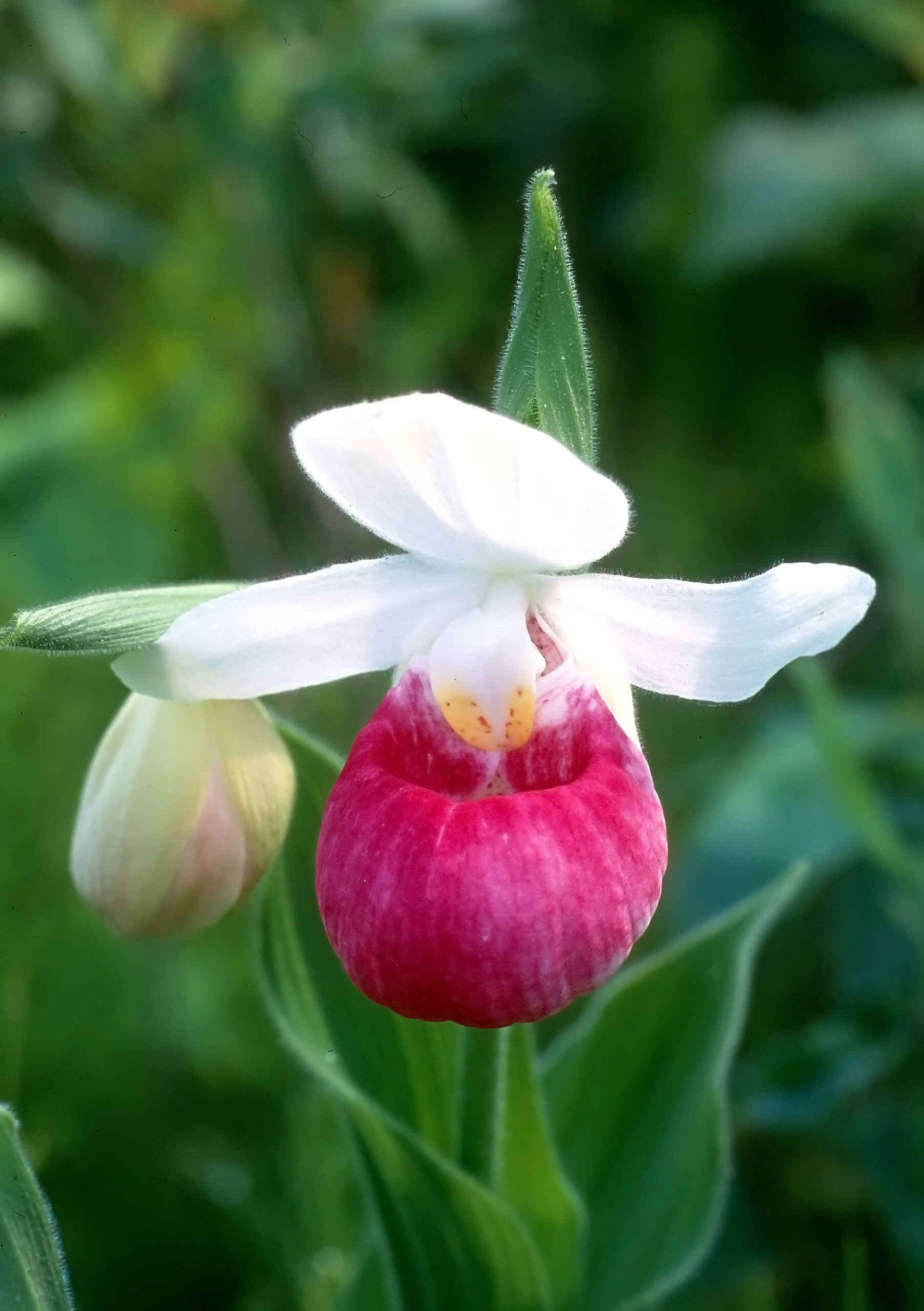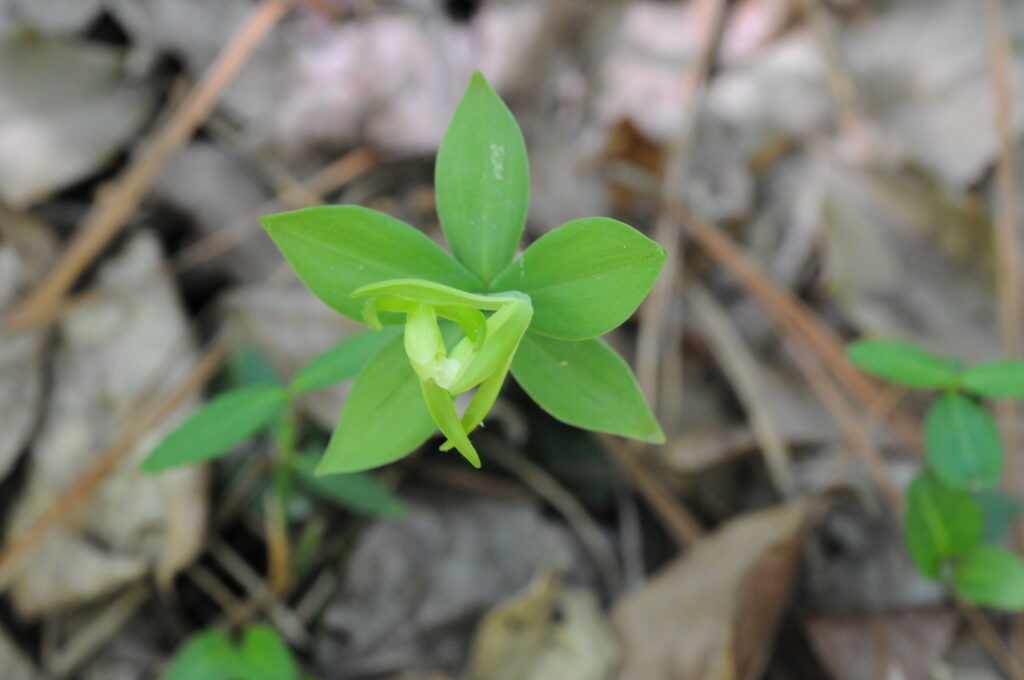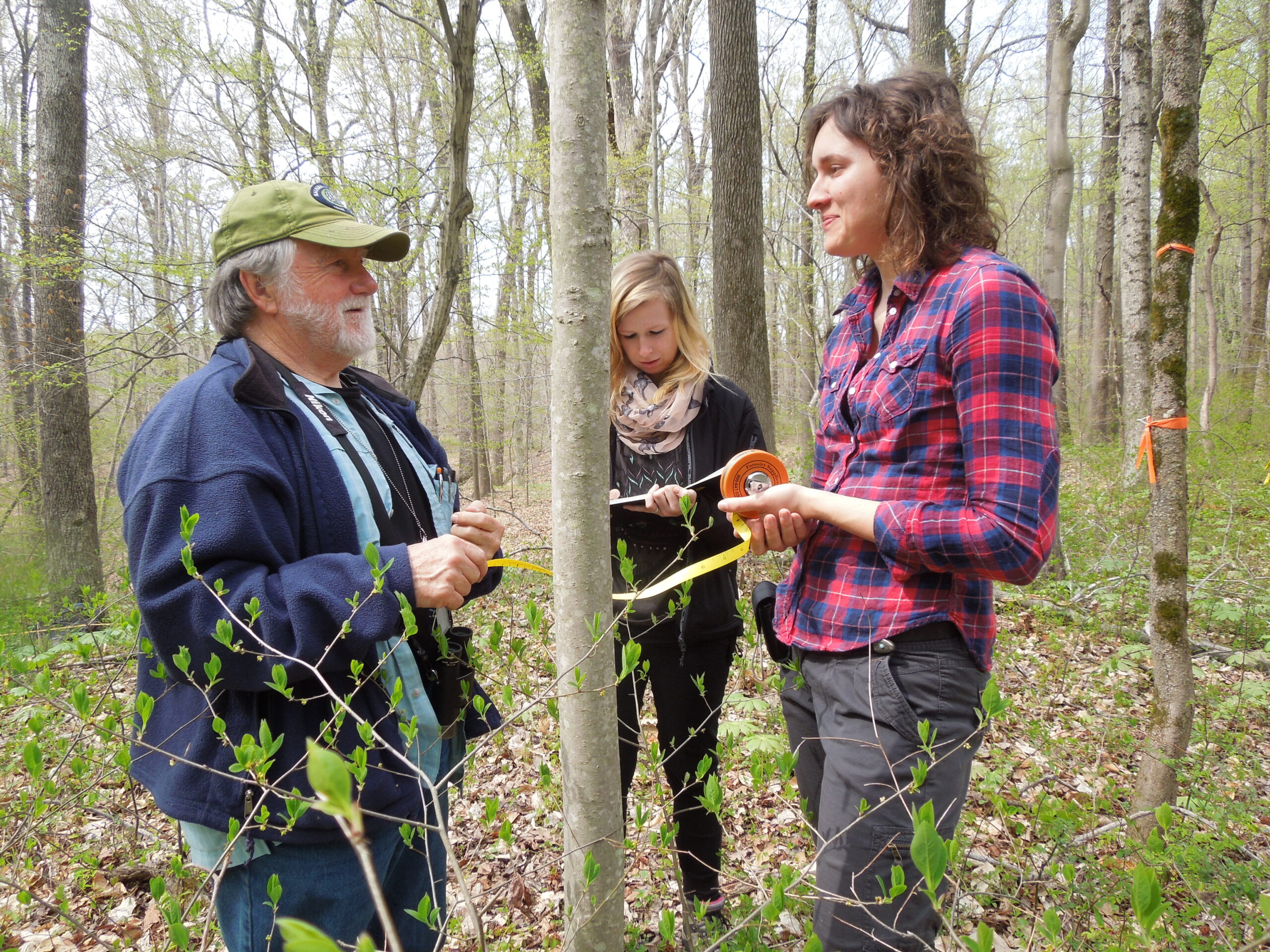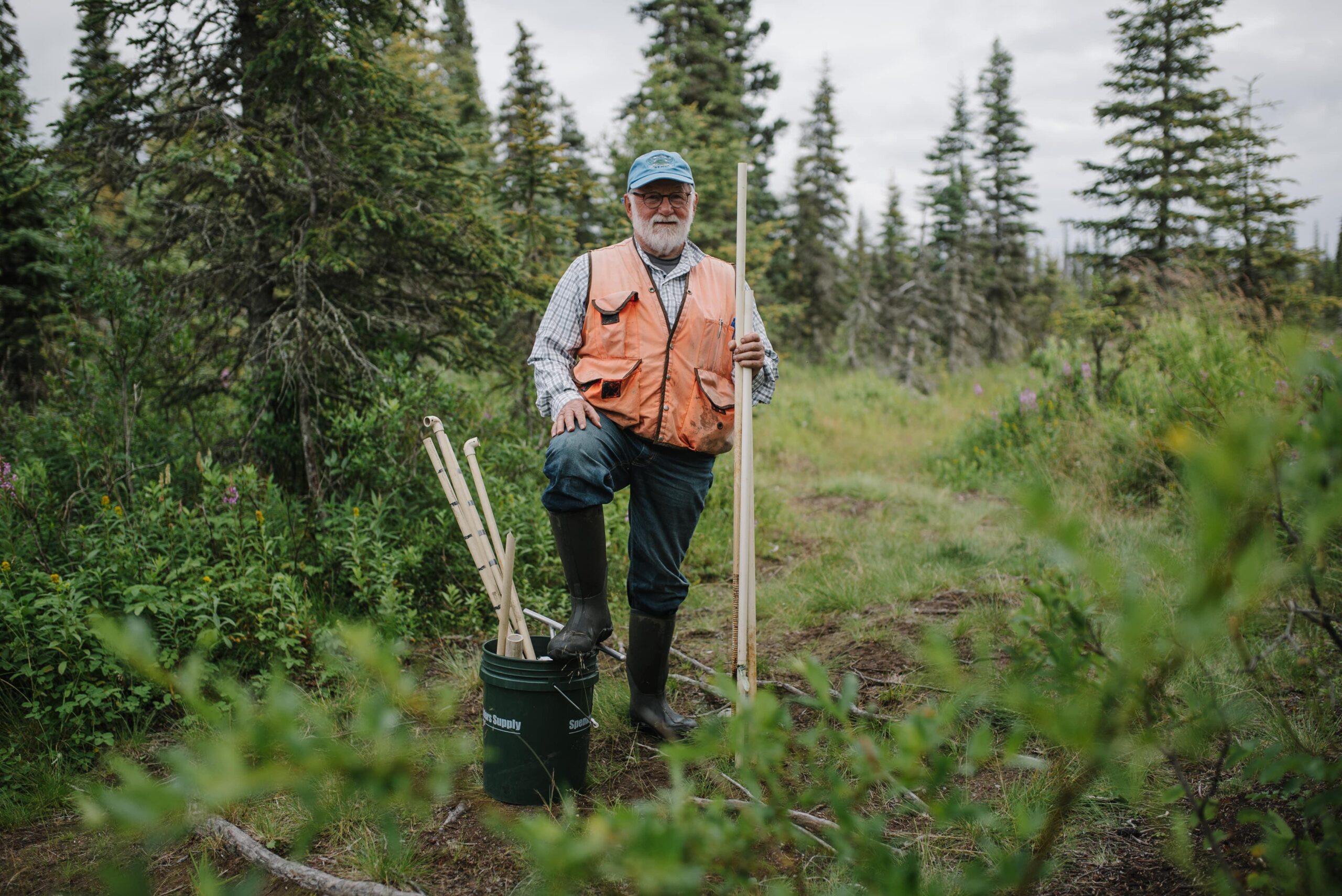SERC wetland and orchid ecologist among first recipients of Smithsonian’s Distinguished Career Service Medal
by Kristen Goodhue
Senior botanist Dennis Whigham spent his career studying what others might miss: The unassuming alder tree. The underappreciated wetland. The threatened orchid that’s so small and green, it nearly blends in with the forest. The microscopic fungi that same orchid depends on to survive. In the process, he built collaborations to understand and protect some of the rarest and most vital pieces of life on Earth.
This spring, after 46 years heading his Plant Ecology Lab, Whigham received the Smithsonian’s Distinguished Career Service Medal. He is among the first Smithsonian staff to receive it, the first year the institution has offered it.
Whigham joined the Smithsonian Environmental Research Center (SERC) in 1977.
“He is one of the five founding research scientists at SERC, beginning when SERC first operated out of an abandoned dairy barn and used FEMA trailers for laboratories,” said SERC director Tuck Hines, who nominated Whigham for the award.
Just one year after he arrived, Whigham co-edited a book that became the “textbook bible” for college courses in freshwater wetlands, a field that was just emerging at that time. Wetland research eventually took him to Alaska’s Kenai Lowlands. Alaska is one of the few places on Earth where salmon fishing remains sustainable. While there, he helped build an interdisciplinary team to understand why small headwater streams are essential habitats for juvenile salmon. The team uncovered how wetlands and alder trees support millions of juvenile salmon. Wetlands supply much-needed carbon, and alder trees provide nitrogen. The research eventually resulted in regulations to protect wetlands and headwater streams.
Endangered orchids likewise found a home in Whigham’s lab. North America contains over 200 native orchid species. More than half are threatened or endangered somewhere they once flourished.

“When I give presentations, I find that some people don’t know that we have native orchids,” said Whigham, let alone their conservation plight or the weird quirks of their ecology. “If people knew more about them, our task of assuring their survival would be a lot easier.”
Whigham’s team made groundbreaking discoveries on what orchids need to thrive. Many of those discoveries centered on microscopic fungi, which orchids depend on to germinate and grow.
In 2012 Whigham’s love for orchids led to the founding of the North American Orchid Conservation Center (NAOCC). The first continent-wide effort to preserve North America’s native orchids, NAOCC now contains over 60 research centers, botanic gardens, landowners and other engaged citizens. In addition to doing research and preserving habitat, NAOCC also maintains collections of orchid seeds and fungi for future propagation.

“Orchids lend themselves to studies to understand how interactions with other species determine where plants grow, and how those interactions can contribute to effective conservation,” said Melissa McCormick. One of Whigham’s long-term collaborators at SERC, McCormick began as a postdoc in his lab. “His founding of the North American Orchid Conservation Center builds on those interactions between plants and other species, and is applying them to develop effective conservation plans for some of our most threatened plants.”
Whigham’s work took him around the globe, as far as Japan, Australia and the Netherlands. He worked with Japanese colleagues to ensure two important ecosystems slated for development were conserved. One, the Tadami Biosphere Reserve, is now a UNESCO World Heritage Site.
“Some of the trees, especially Japanese beech, are more than 600 years old and the age of the forest was an important aspect that resulted in its conservation,” Whigham said about the Tadami reserve. “I consider working with my longtime Japanese colleague, Shoichi Kawano, to be a highlight of my career.”

After spending a Smithsonian sabbatical at Utrecht University in the Netherlands, he became one of the first two landscape ecology professors in the country. He held that position for 10 years. The Utrecht collaboration, with his colleague Jos Verhoeven, included teaching five master’s courses for European students based at SERC. In recognition of their wetland research, Whigham and Verhoeven were elected Fellows of the Society of Wetland Scientists in 2011.
“The extent and diversity of Whigham’s research and interests is amazing.…His leadership, productivity and guidance has been a tremendous influence in making SERC into a truly impactful center of national and international regard,” said Hines.


